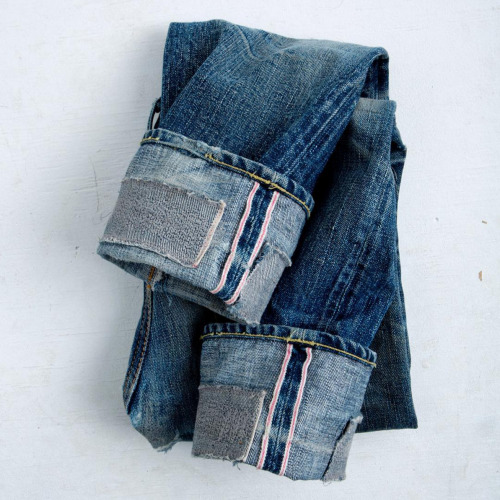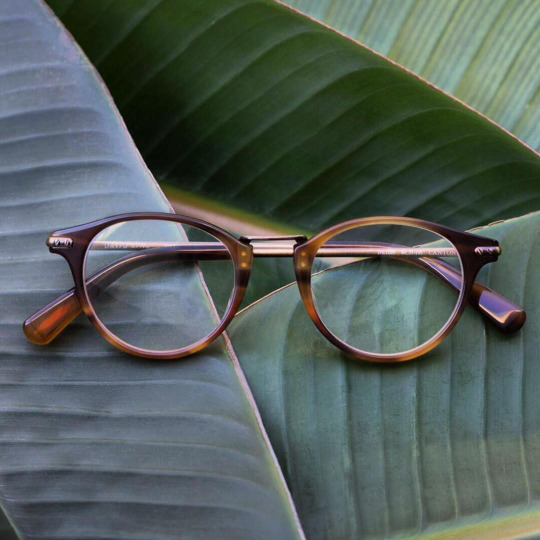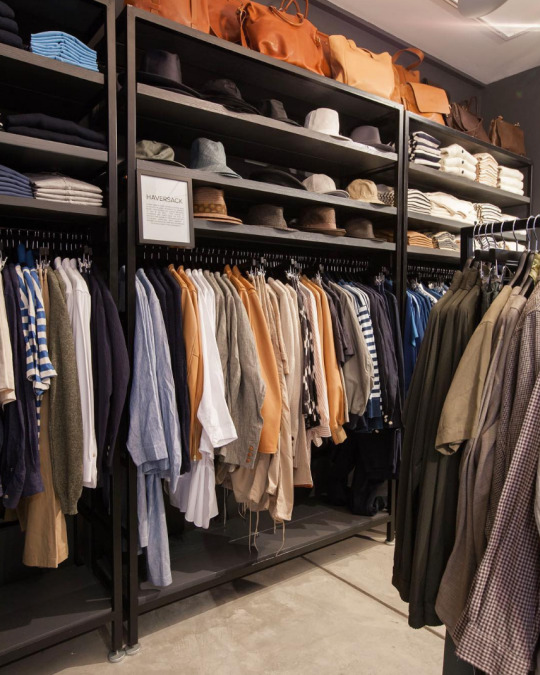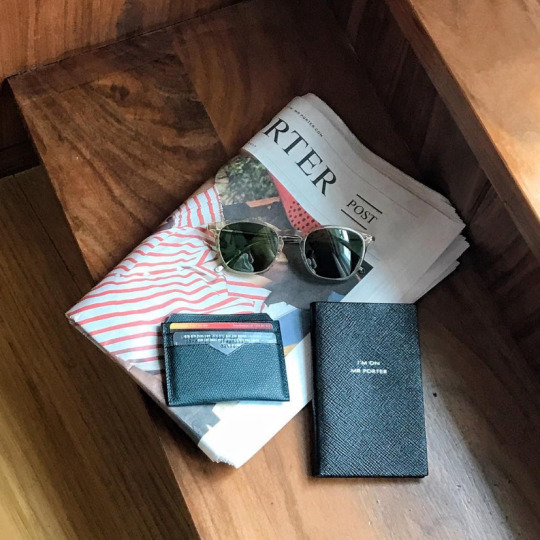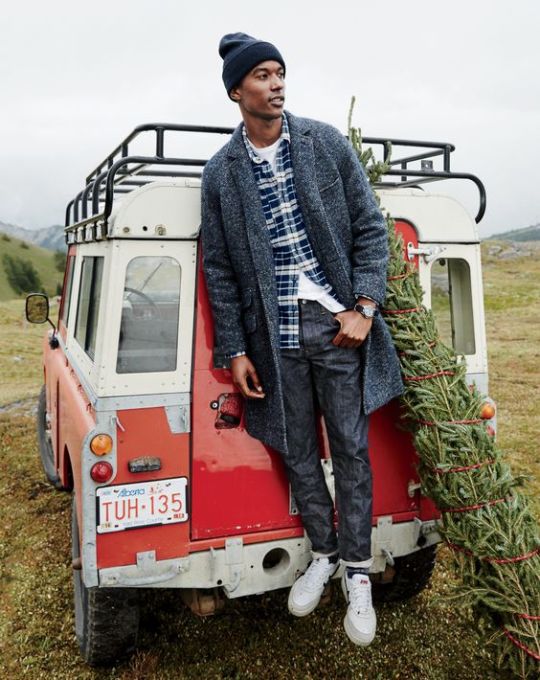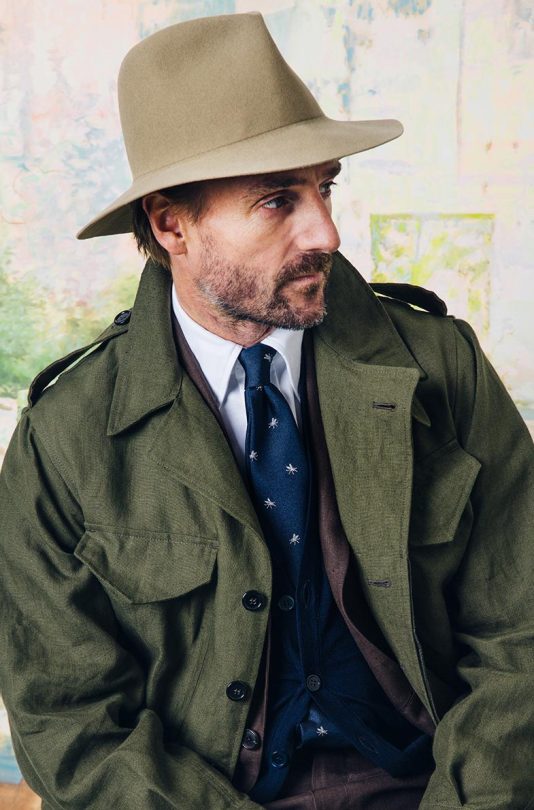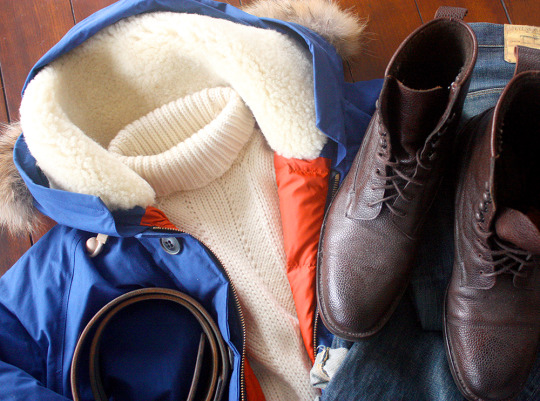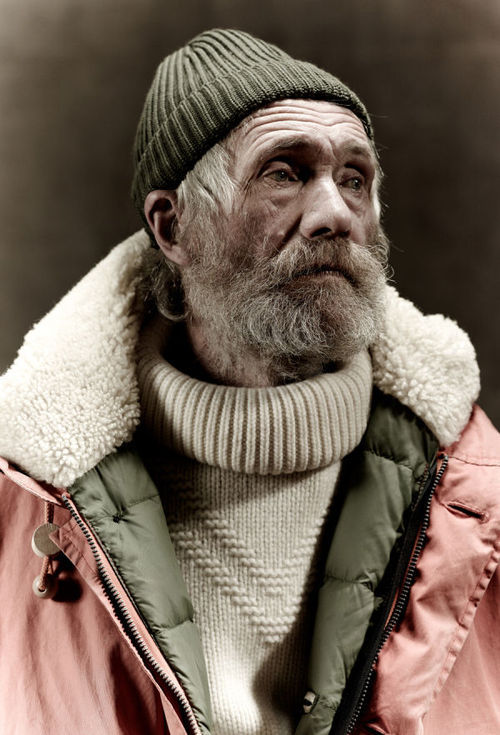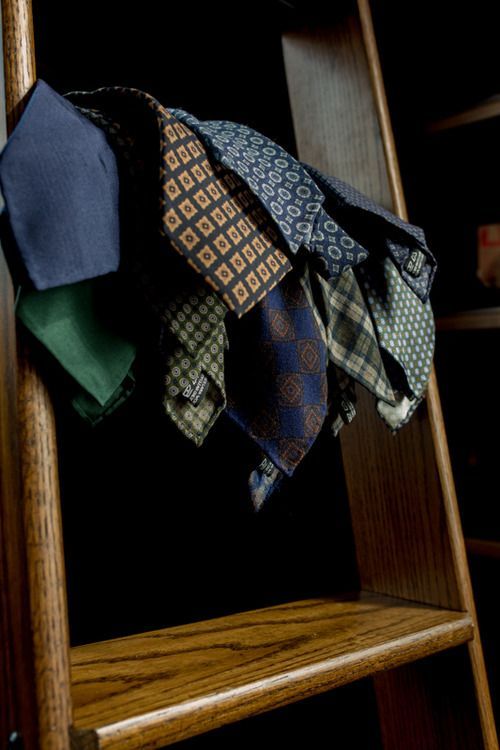Looking Like a Japanese Hiker
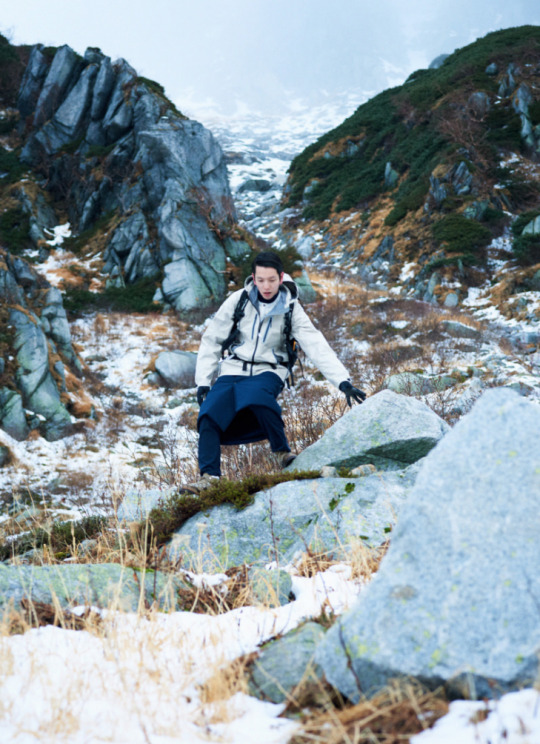
Back in the early 1940s, Leon Leonwood Bean – founder of L.L. Bean – wrote a practical guide on living in the great outdoors. The point of the book, he wrote, is not to “bore readers with personal yarns and experiences, but to give definite information in the fewest words possible on how to hunt, fish, and camp.” The book, while not that well edited, is tightly packaged into 104 pages. It also covers everything from building beds to cooking outdoors to finding lost hunters. You can find it these days through Amazon (it makes for a nice gift for outdoor enthusiasts), although it’s also available for a free read through Google Books.
Naturally, for the purposes of this blog, the most interesting section is chapter twelve, which covers what to wear when you’re out in the hills. Leon Bean suggests taking along a pair of 12″ leather top rubbers (what I assume are his Bean boots) and shorter 6.5″ moccasins for dry days, when you’re out on the ridge before it starts snowing. Pants should be medium-weight wools built with knitted or zippered bottoms; outerwear ought to include a medium-weight, all wool coat with a game pocket at the back; shirts should likewise be made from wool, with at least one being a red paid in case “you go out to drag a deer without a coat” (that way, you won’t be shot by other hunters.) A sign of his times, Bean suggests leaving the house with your heaviest business suit. And for handkerchiefs, he says to take along six red bandanas (never anything white). “I also recommend colored toilet paper,” he writes.
The excerpt is charming, and even if it’s a bit antiquated, it nicely describes a sort of autumn style that still feels relevant today. To be sure, outdoor clothing has always defined fall wardrobes, whether that’s tweed sport coats worn out in English countrysides or the sort of workwear Bean favored. For me, a big inspiration at the moment is Japanese hiking gear – a little more casual than traditional tailoring, a touch less rugged than shooting apparel. No less outdoorsy.
Keep reading
